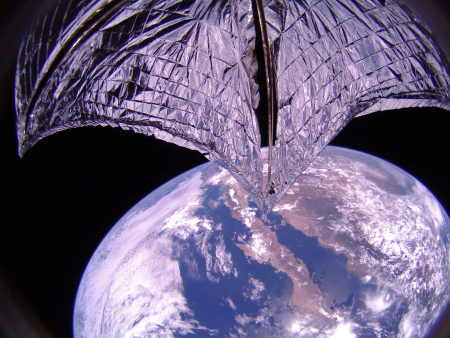Want to get off gmail? A possible Behind the Black option
On July 3rd I put out a feeler to see if there was sufficient interest among my readers for providing a private email service through Behind the Black. As I wrote then:
I am exploring the possibility of offering email services through my server for those who want to get off of gmail and google. However, before such a service can be offered, we need to know the amount of interest there might be. The demand will effect the cost, which means I can’t even give you an idea of what we might charge.
Regardless, if you are interested in having “your.name@behindtheblack.com” as your email address, please say so in the comments. There will be no obligations, by you or me or my server, but the response however will help us decide if we can do it.
And if we can do it, and many people sign on, we will then be taking the proper free enterprise approach for combating the corrupt business practices of giants like Google. Our federal government might still act to break Google up, but I think it would be far better if the free market did the job instead.
About a dozen people expressed interest at that time. In discussing this with my server, we both agreed that this is too small a number for us to begin this service. However, we are also both quite willing to do this, if the initial number of subscribers was higher.
I am therefore posting this feeler out again. If you expressed a desire to sign up as a comment in the previous post, then there is no need to comment again. However, if you did not comment previously, and think this service will be what you want, then post a comment here saying so.
It would also help me to get an idea what you would be willing to pay per month for this service. For this information I request everyone comment, including those who commented earlier.
On July 3rd I put out a feeler to see if there was sufficient interest among my readers for providing a private email service through Behind the Black. As I wrote then:
I am exploring the possibility of offering email services through my server for those who want to get off of gmail and google. However, before such a service can be offered, we need to know the amount of interest there might be. The demand will effect the cost, which means I can’t even give you an idea of what we might charge.
Regardless, if you are interested in having “your.name@behindtheblack.com” as your email address, please say so in the comments. There will be no obligations, by you or me or my server, but the response however will help us decide if we can do it.
And if we can do it, and many people sign on, we will then be taking the proper free enterprise approach for combating the corrupt business practices of giants like Google. Our federal government might still act to break Google up, but I think it would be far better if the free market did the job instead.
About a dozen people expressed interest at that time. In discussing this with my server, we both agreed that this is too small a number for us to begin this service. However, we are also both quite willing to do this, if the initial number of subscribers was higher.
I am therefore posting this feeler out again. If you expressed a desire to sign up as a comment in the previous post, then there is no need to comment again. However, if you did not comment previously, and think this service will be what you want, then post a comment here saying so.
It would also help me to get an idea what you would be willing to pay per month for this service. For this information I request everyone comment, including those who commented earlier.

